Calving season is now in full swing across Ireland, with around 950,000 calvings expected in February and March - around 45% of the annual total of 2.1m.
A commonly asked question is the frequency of twins and triplets in cows. According to the Irish Cattle Breeding Federation's Andrew Cromie, the percentage of calvings that are twins is about 2% in beef cows and 1.8% in dairy cows. In other words, you can expect one set of twins for every 50 calvings in beef cows, and one in every 55 dairy calvings.
The birth of triplets is far more rare according to the ICBF data - about 0.3% nationally. This equates to about one in every 333 calvings.
As for quads (4), that particularly rare - one in 11 million by all accounts. The odds of them all being of the one sex -1 in 179 million.
For dairy farmers, multiple births are often more trouble than they are worth, with a higher rate of complications both at calving and subsequently. Furthermore, about 92% of heifer calves born co-twin with bull calves are non-fertile "freemartins".
International research suggests that the majority of twin cattle births are due to the release of multiple eggs, rather than identical twins born as a result of a split embryo. The rate of twins increasing as cows get older.
In suckler beef herds, twinning can be used to boost output. Genetic selection for twinning in cattle has been demonstrated through a longterm experiment conducted at the USDA Meat Animal Research Center (MARC) in Clay Center, Nebraska. After starting with stock bred from cows with a high rate of twinning, this trial managed to increase twinning rate from from 4% in 1984 to 31% in 1995. By 1997, over 35% of all births in this experimental herd resulted in twins.
Andrew Cromie said that a study on boosting twinning rate in Irish suckler cows is being considered.




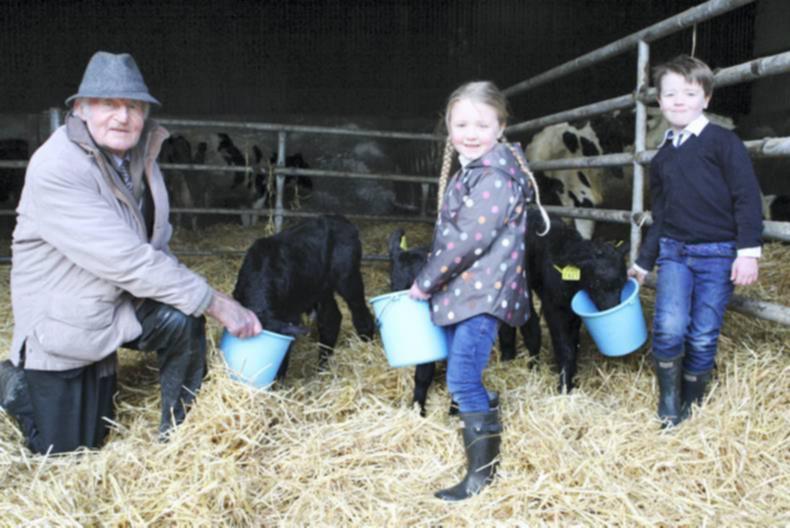
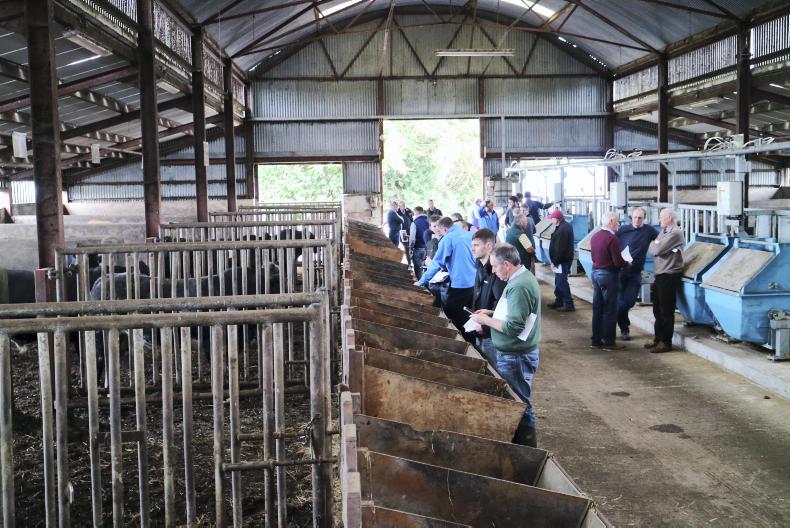
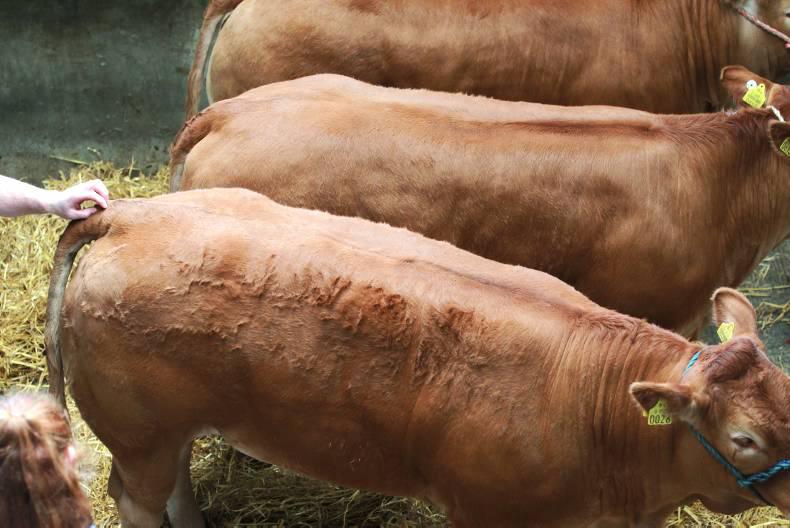
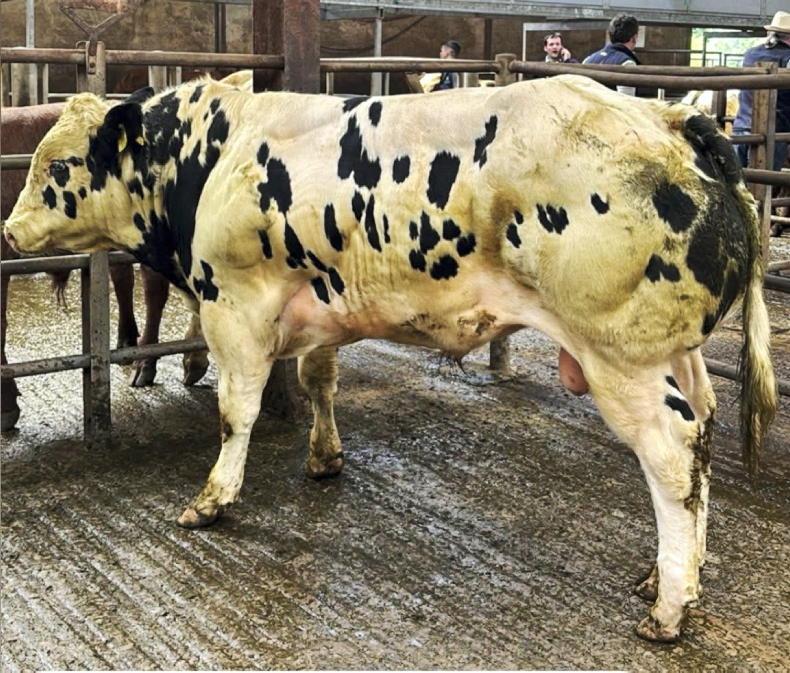
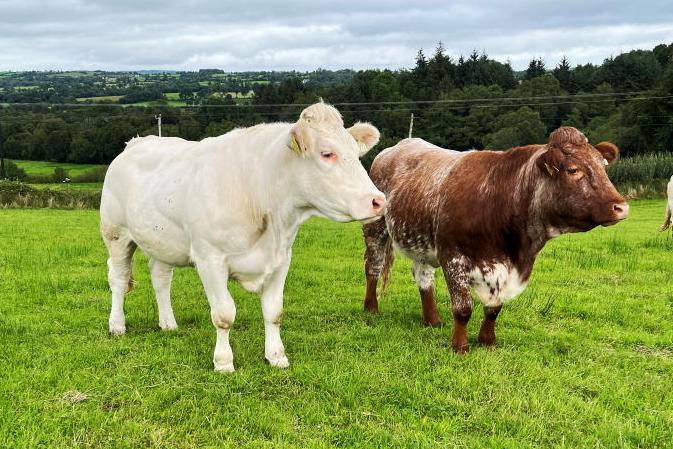
SHARING OPTIONS